Research
Investing Early
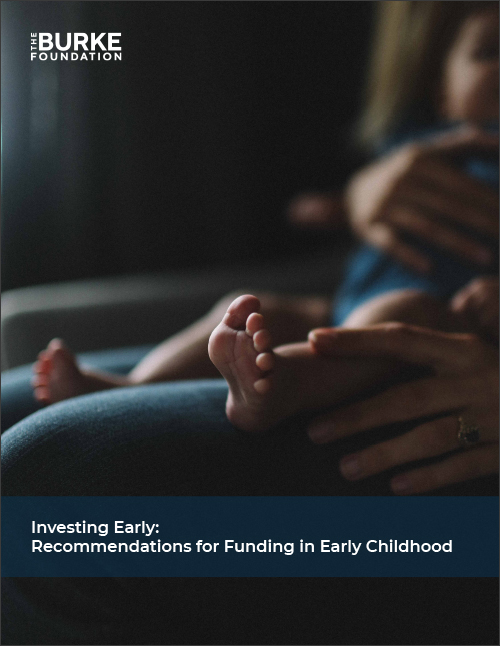
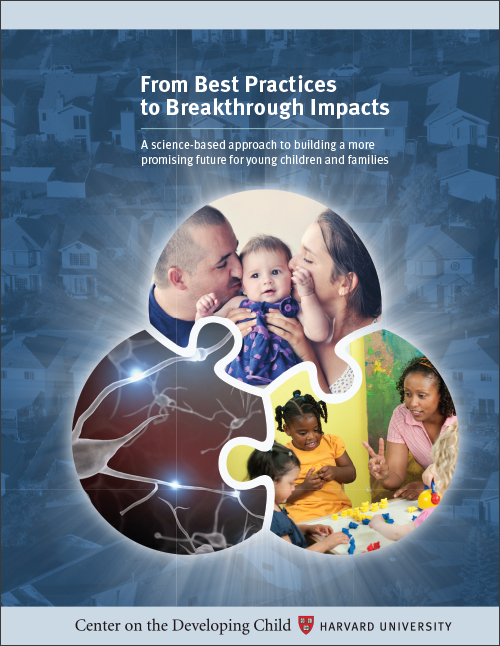
From Best Practices to Breakthrough Impacts
A science-based approach to building a more promising future for young children and families
Center on the Developing Child, Harvard University

The Heckman Equation

Investing Early
Taking Stock of Outcomes and Economic Returns from Early Childhood Programs
Rand Corporation
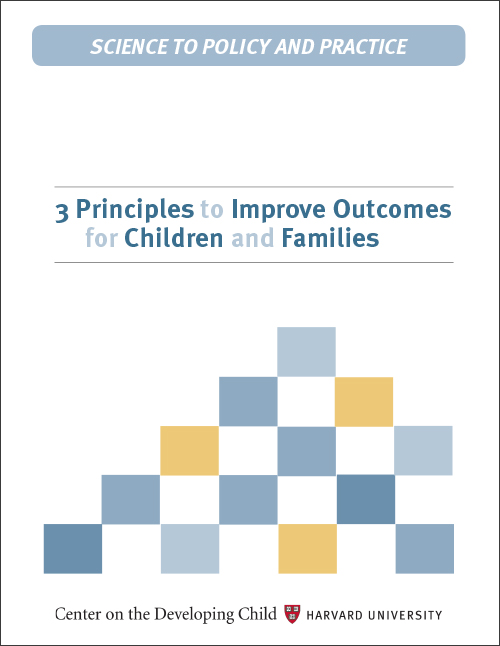
3 Principles to Improve Outcomes for Children and Families
Center on the Developing Child, Harvard University
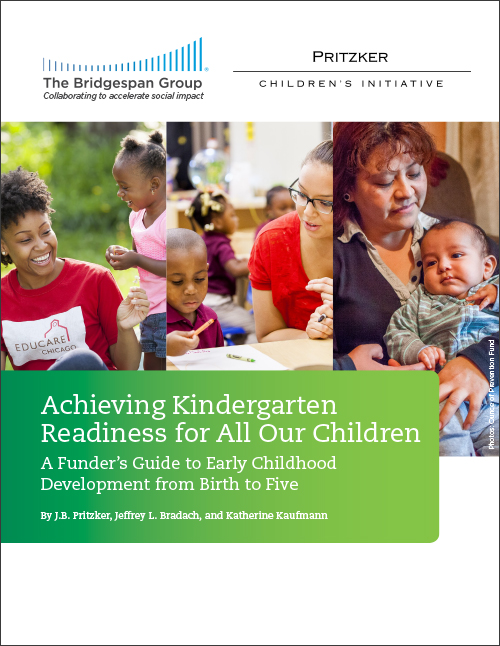
Achieving Kindergarten Readiness for All Our Children
A Funder’s Guide to Early Childhood Development from Birth to Five
The Bridgespan Group Pritzker

NJ’s Children
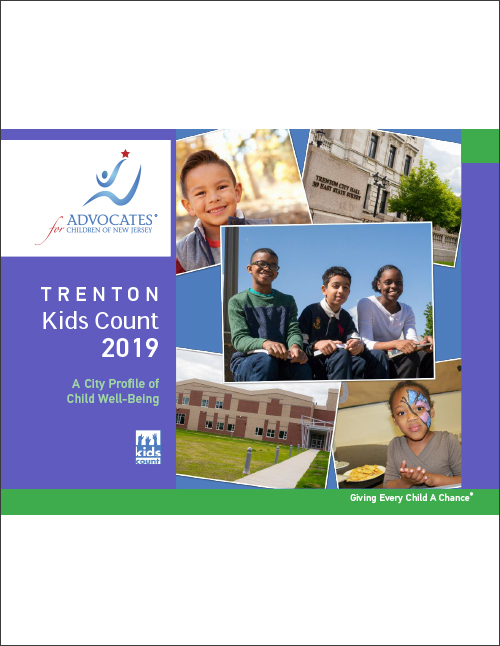
Trenton Kids Count 2019
A City Profile of Child Well-Being
Advocates for Children of New Jersey
Kids Count
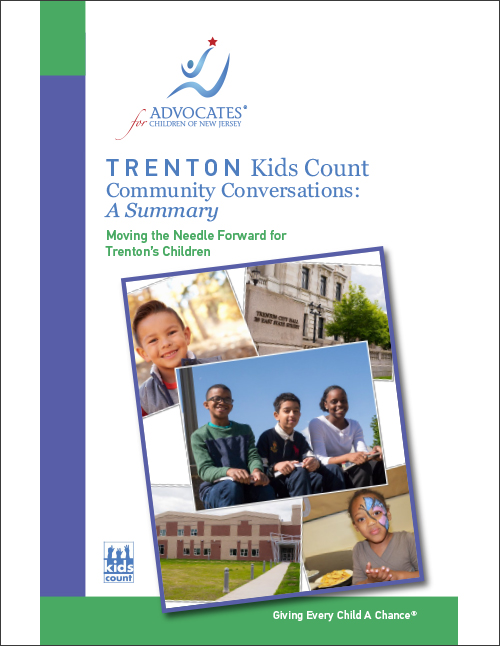
Trenton Kids Count
Community Conversations: A Summary
Advocates for Children of New Jersey
Kids Count
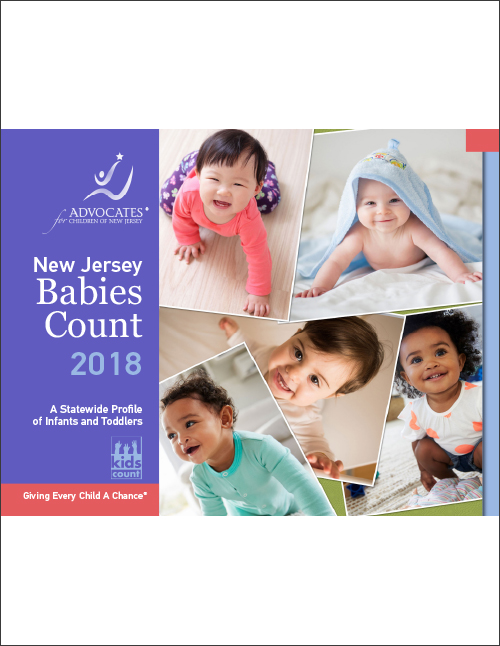
New Jersey Babies Count 2018
A Statewide Profile of Infants and Toddlers
Advocates for Children of New Jersey
Kids Count

New Jersey Kids Count 2018
The State of Our Counties
Advocates for Children of New Jersey
Kids Count
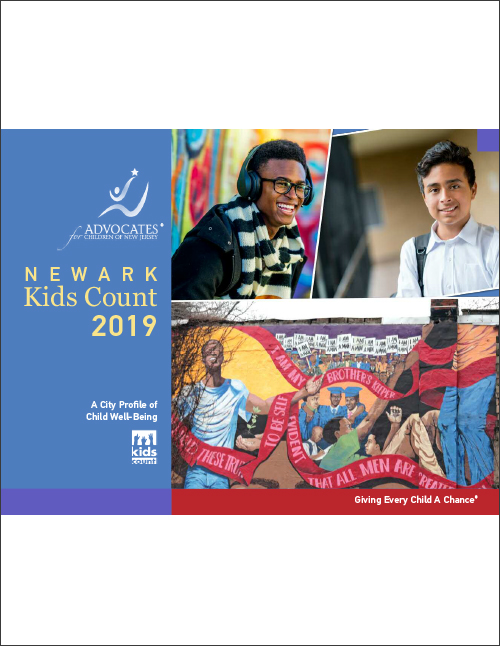
Newark Kids Count 2019
A City Profile of Child Well-Being
Advocates for Children of New Jersey
Kids Count
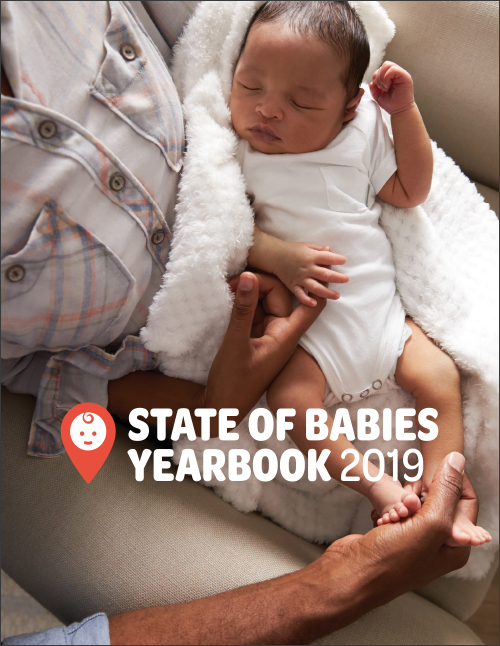
ACEs
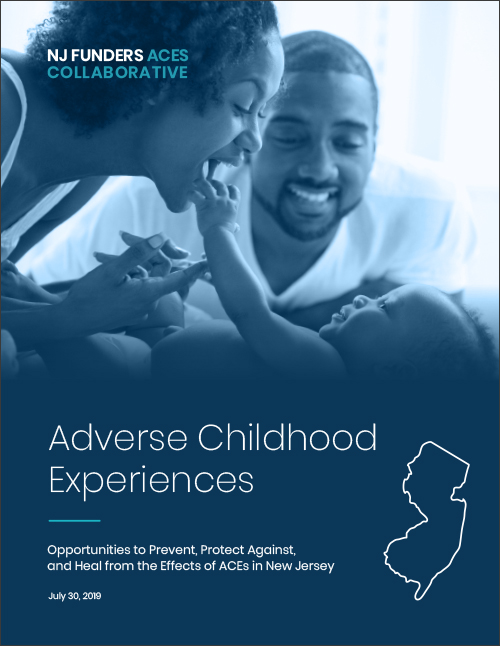
Adverse Childhood Experiences
Opportunities to Prevent, Protect Against, and Heal from the Effects of ACEs in New Jersey
The Burke Foundation
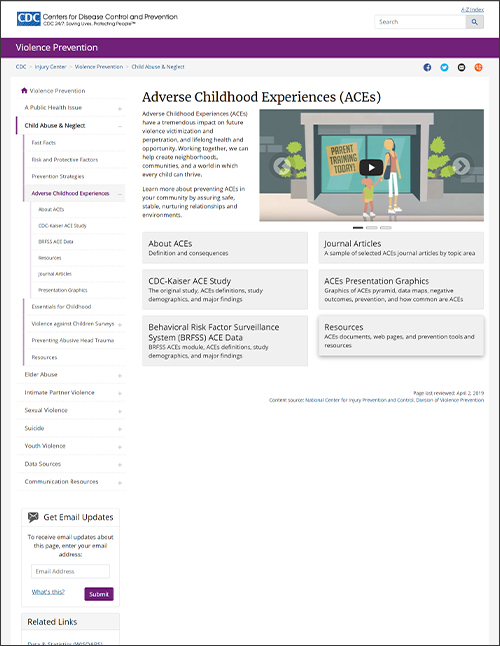

Center for Youth Wellness
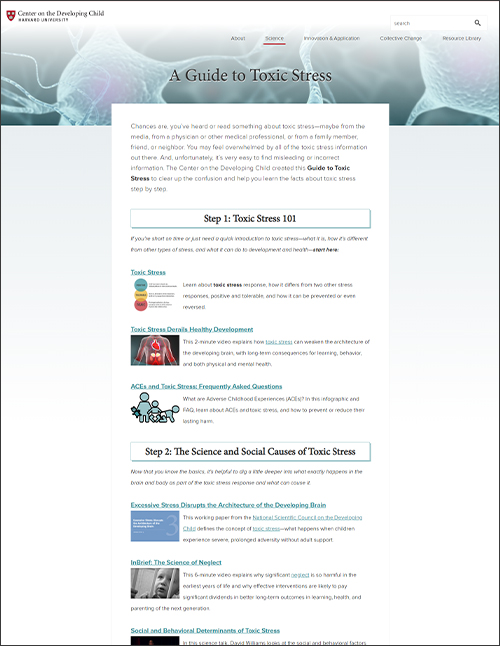
Website Sources
The following sources are cited in-text throughout the website.
- Gilkerson, J., et. al. (2017). Mapping the Early Language Environment Using All-Day Recordings and Automated Analysis. American Journal of Speech-Language Pathology. Retrieved from https://doi.org/10.1044/2016_AJSLP-15-0169.
- Isaacs, J. B. (2012). Starting School at a Disadvantage: The School Readiness of Poor Children. Center on Children and Families at Brookings. Retrieved from https://www.brookings.edu/wp-content/uploads/2016/06/0319_school_disadvantage_isaacs.pdf.
- Barnett, W. S. & Masse, L. N. (2002). A Benefit Cost Analysis of the Abecedarian Early Childhood Intervention. National Institute for Early Education Research. New Brunswick, NJ.
- Karoly, L., Kilburn, M., & Cannon, J. (2005). Early Childhood Interventions: Proven Results, Future Promise. Santa Monica, CA; Arlington, VA; Pittsburgh, PA: RAND Corporation. Retrieved from http://www.jstor.org/stable/10.7249/mg341pnc.
- Heckman, J. J., Malofeeva, L., Pinto, R., Savelyey, P. A. (2009). The effect of the Perry Preschool Program on the cognitive and non-cognitive skills of its participants. Unpublished manuscript, University of Chicago, Department of Economics.
- Centers for Disease Control and Prevention. (2017). State and Territorial Data: Life Stages and Populations. Retrieved from https://www.cdc.gov/nchs/fastats/state-and-territorial-data.htm.
- Centers for Disease Control and Prevention. (2011-2015). Mortality Files. CDC WONDER Online Database. Retrieved from https://wonder.cdc.gov/mortSQL.html.
- The Annie E. Casey Foundation. (2006-2015). Low birth-weight babies by race in New Jersey. Kids Count Data Center. Retrieved from https://datacenter.kidscount.org/data/tables/16-low-birth-weight-babies-by%20race#detailed/2/32/false/573,869,36,868,867,133,38,35,18,17/10,11,9,12,1,13/276,275.
- Zero to Three. (2019). The State of Babies Yearbook: 2019. Retrieved from https://stateofbabies.org/wp-content/uploads/2019/03/State_of_Babies_Yearbook_full_digital_download_2.28.19.pdf.
- Advocates for Children of New Jersey. (2017). No Room for Babies: Center-Based Infant-Toddler Child Care in Short Supply. Retrieved from https://acnj.org/downloads/2017_05_30_no_more_room_for_babies.pdf.
- Advocates for Children of New Jersey (2019). Newark Kids Count 2019: A City Profile of Child Well-Being. Retrieved from https://acnj.org/downloads/2019_03_28_Newark_Kids_Count_2019.pdf.
- Advocates for Children of New Jersey (2019). Trenton Kids Count 2019: A City Profile of Child Well-Being. Retrieved from https://acnj.org/downloads/2019_06_13_Trenton_Kids_Count_Report.pdf.
- New Jersey State Health Assessment Data. (2017). Health Indicator Report of Infant Mortality Rate. Retrieved from https://www-doh.state.nj.us/doh-shad/indicator/view/EPHTInfMort.County.html.
- Trenton Health Team. (2016). Community Health Needs Assessment. Retrieved from https://www.capitalhealth.org/sites/default/files/2018-04/THT-CHNA-2016-Update.pdf.
- The Annie E. Casey Foundation. (2006-2015). Infant Mortality in New Jersey. Kids Count Data Center. Retrieved from https://datacenter.kidscount.org/data/tables/2113-infant-mortality?loc=32&loct=5#detailed/5/4699-4719/false/573,869,36,868,867,133,38,35,18,17/any/4430,13007.
- County Health Rankings & Roadmaps. (2018). New Jersey: Infant Mortality. Retrieved from http://www.countyhealthrankings.org/app/new-jersey/2018/measure/outcomes/129/data.
- Advocates for Children of New Jersey. (2018). The State of Our Counties. New Jersey Kids Count. Retrieved from https://acnj.org/downloads/new_jersey_kids_count_2018_county_pocket_guide.pdf.
- Advocates for Children of New Jersey. (2015). Camden County Profile. New Jersey Kids Count. Retrieved from https://acnj.org/downloads/2015_04_20_KidsCount_CamdenCountyProfile.pdf.
- Centers for Disease Control and Prevention. (2019). About the CDC-Kaiser Ace Study. Retrieved from https://www.cdc.gov/violenceprevention/childabuseandneglect/acestudy/about.html.
- Cuno, K. & Umylny, P. (2016). Two Generations, One Future: Supporting Parent-Child Relationships in Primary Care [PowerPoint slides]. Retrieved from http://www.nysecac.org/files/4714/6660/2179/Adverse_Child_Experiences_PPT.pdf.
- Brown, D. W., et. al. (2009). Adverse childhood experiences and the risk of premature mortality. The American Journal of Preventative Medicine, 37(5), 389-39. doi: 10.1016/j.amepre.2009.06.021.
- Felitti, V. J., et. al. (1998). Relationship of Childhood Abuse and Household Dysfunction to Many of the Leading Causes of Death in Adults: The Adverse Childhood Experiences (ACE) Study. American Journal of Preventative Medicine, 14(4), 245-258. Retrieved from https://www.ncbi.nlm.nih.gov/pubmed/9635069.
- Bethell CD, Newacheck P, Hawes E, Halfon N. Adverse Childhood Experiences: Assessing The Impact On Health And School Engagement And The Mitigating Role Of Resilience. Health Affairs 2014 33:12, 2106-2115.
- Baglivio, M. T., et. al. (2014). The Prevalence of Adverse Childhood Experiences (ACE) in the Lives of Juvenile Offenders. Journal of Juvenile Justice, 3(2), 1-17. Retrieved from https://www.prisonpolicy.org/scans/Prevalence_of_ACE.pdf.
- Jin, J. (2015). Babies with Low Birth Weight. The Journal of the American Medical Association, 313(4), 432. doi:10.1001/jama.2014.3698.
- Institute of Medicine (US) Committee on Understanding Premature Birth and Assuring Healthy Outcomes. (2007). Preterm Birth: Causes, Consequences, and Prevention. Washington, D.C.: National Academies Press. Retrieved from https://www.ncbi.nlm.nih.gov/pubmed/20669423.
- Martin, J. A., et. al. (2017). Births: Final Data for 2015. National Vital Statistics Reports, 66(1). Retrieved from https://www.cdc.gov/nchs/data/nvsr/nvsr66/nvsr66_01.pdf.
- Wolf, E. R., et. al. (2018). Gaps in Well-Child Care Attendance Among Primary Care Clinics Serving Low-Income Families. Pediatrics, 142(5). doi: 10.1542/peds.2017-4019.
- Taaffe Young K, Davis K, Schoen C, Parker S. Listening to Parents: A National Survey of Parents With Young Children. Arch Pediatr Adolesc Med. 1998;152(3):255–262. doi:10.1001/archpedi.152.3.255.
- Conel, J. L. (1959). The postnatal development of the human cerebral cortex. Cambridge, MA: Harvard University Press.
- Jessen-Howard, S., et. al. (2018). Understanding Infant and Toddler Child Care Deserts. Center for American Progress. Retrieved from https://cdn.americanprogress.org/content/uploads/2018/10/30060400/IT-ChildCare-Deserts-12.pdf.
- Harris, N. D. (2014). How Childhood Trauma Affects Health Across a Lifetime [Video file]. Retrieved from https://www.ted.com/talks/nadine_burke_harris_how_childhood_trauma_affects_ health_across_a_lifetime.
- Pew Research Center. (2015). Parenting in America: Outlook, worries, aspirations are strongly linked to financial situation. Retrieved from https://www.pewresearch.org/wp-content/uploads/sites/3/2015/12/2015-12-17_parenting-in-america_FINAL.pdf.
- Shellenback, K. (2004). Child Care & Parent Productivity: Making the Business Case [PowerPoint slides]. Retrieved from http://www.earlychildhoodfinance.org/downloads/2004/ShellenbackReport_2004.pdf.
- Care.com. (2015). Press Release. Retrieved from https://www.care.com/press-release-millennials-would-leave-job-for-better-benefits-p1186-q65824324.html.
- Dodge, K.A., Goodman, W.B., Murphy, R.A., O’Donnell, K., Sato, J., & Guptill, S. (2014). Implementation and randomized controlled trial evaluation of universal postnatal nurse home visiting [Special Issue]. American Journal of Public Health, 104, S136-S143. https://pediatrics.aappublications.org/content/132/Supplement_2/S140.long
- Dodge, K.A., Goodman, W.B., Murphy, R.A., O’Donnell, K., & Sato, J. (2013). Randomized controlled trial evaluation of universal postnatal nurse home visiting: Impacts on child emergency medical care at age 12-months [Special Issue]. Pediatrics, 132, S140-S146. https://www.ncbi.nlm.nih.gov/pubmed/24354833
- Rutgers Robert Wood Johnson Medical School. Including Children with Challenging Behavior in the Preschool Classroom. Retrieved from: https://rwjms.rutgers.edu/boggscenter/projects/documents/IncludingChildrenwithChallengingBehavior_000.pdf
- Zero to Three. (2016). National Parent Survey Overview and Key Insights. Retrieved from http://www.countyhealthrankings.org/app/new-jersey/2018/measure/outcomes/129/data
- Jones E, Lattof SR, Coast E. Interventions to provide culturally-appropriate maternity care services: factors affecting implementation. BMC Pregnancy Childbirth. 2017 Aug 31;17(1):267. doi: 10.1186/s12884-017-1449-7. PMID: 28854901; PMCID: PMC5577805.
- Braveman, P., & Gottlieb, L. (Jan-Feb 2014). The Social Determinants of Health: It’s Time to Consider the Causes of the Causes. Public Health Reports. from https://www.ncbi.nlm.nih.gov/pmc/articles/PMC3863696/
- Zephyrin, L., Seervai, S., Lewis, C., & Katon, J. G. (2021, March 4). Community-Based Models to Improve Maternal Health Outcomes and Promote Health Equity. https://www.commonwealthfund.org/publications/issue-briefs/2021/mar/community-models-improve-maternal-outcomes-equity
- The National Center for Health Workforce Analysis. (July 21, 2017). Supply and Demand Projections of the Nursing Workforce: 2014-2030. from https://bhw.hrsa.gov/sites/default/files/bureau-health-workforce/data-research/nchwa-hrsa-nursing-report.pdf
- Renfrew, M.J., McFadden, A., Bastos, M.H., Campbell, J., Channon, A.A., Cheung, N.F., et al. (2014). Midwifery and quality care: findings from a new evidence-informed framework for maternal and newborn care. The Lancet, 384(9948), 1129–45. doi: 10.1016/S0140-6736(14)60789-3
- Kozhimannil, K.B., Attanasio, L., Alarid-Escudero, F. (2019). More Midwife-led Care Could Generate Cost Savings and Health Improvements. University of Minnesota School of Public Health. https://www.sph.umn.edu/sph-2018/wp-content/uploads/docs/policy-brief-midwife-led-care-nov-2019.pdf
- American Midwifery Certification Board. (2020). 2020 Demographic Report. https://www.amcbmidwife.org/docs/default-source/reports/demographic-report-2019.pdf?sfvrsn=23f30668_4
